The Pathways for Public Service and Civic Engagement is a nationally utilized tool that helps students identify a variety of ways they can contribute to the common good
The framework was developed at Stanford University as a response to a central challenge of the civic engagement movement within higher education. This challenge is the lack of a coherent framework that is shared across different institutions and cultural contexts. This, along with inconsistent use of language and variations in the quality and depth of programming, has ruled out meaningful comparative analysis and made it difficult to understand the impact of various programs and interventions (on students, communities, and institutions) in a generalizable way.
In the Pathways framework, emphasis is placed on recognition that there is no one single path to social change—people move in and out of these pathways over time—and that they are issue-based rather than discipline-bound.
George Mason is a member of Campus Compact’s working group, which consists of 70+ organizations. Our membership grants us access to the Pathways survey. Students who take this will learn which pathways they most naturally gravitate towards. It's important to note this is not a personality test. The results do not indicate the only pathways students can take part in.
For more information about the framework and utilizing it within your courses, please watch this short video. Additionally, we have a database of activities you can use in class.
The Pathways for Public Service and Civic Engagement
Social Entrepreneurship and Corporate Social Responsibility
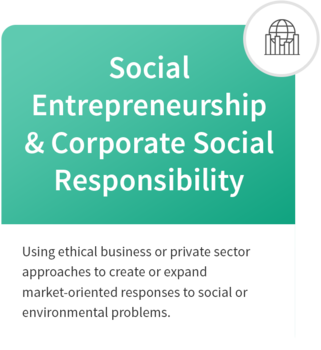
Using ethical business or private sector approaches to create or expand market-oriented responses to social or environmental problems.
For example, an action could be to create an app that helps people find housing resources more easily.
Community Engaged Learning and Research
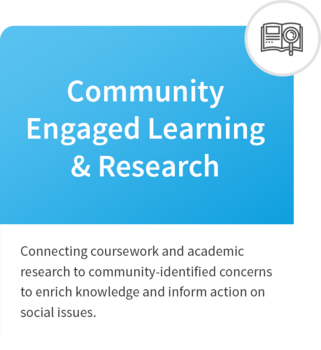
Connecting coursework and academic research to community-identified concerns to enrich knowledge and inform action on social issues.
An example of an action could be researching the root cause of housing discrimination in Northern Virginia
Community Organizing and Activism
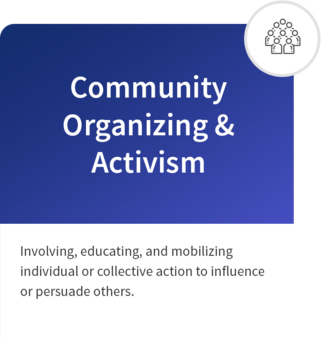
Involving, educating, and mobilizing individual or collective action to influence or persuade others.
An example of an action could be to protest predatory banks making money off home foreclosures.
Direct Service

Working to address the immediate needs of individuals or a community, often involving contact with the people or places being served.
A direct service action could be building houses for people in need with Habitat for Humanity.
Philanthropy
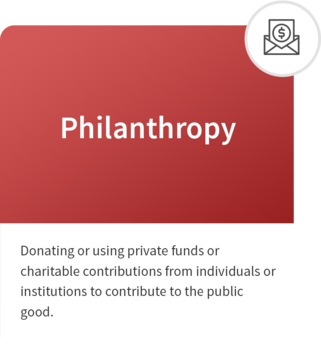
Donating or using private funds or charitable contributions from individuals or institutions to contribute to the public good.
An example of this could be donating money to a community agency that does housing assistance for low-income families.
Policy and Governance
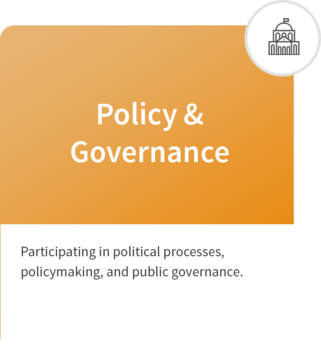
Participating in political processes, policymaking, and public governance.
An example that falls into this category is crafting legislation to expand housing assistance for low-income families.
